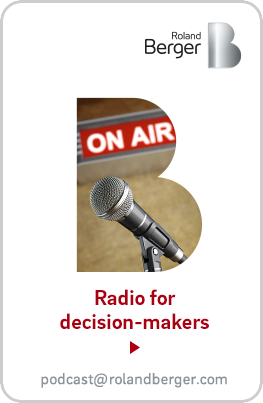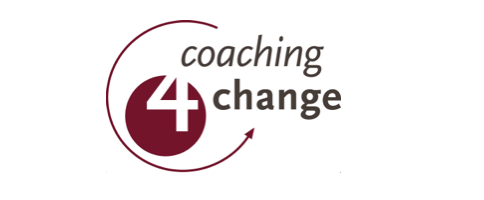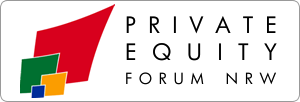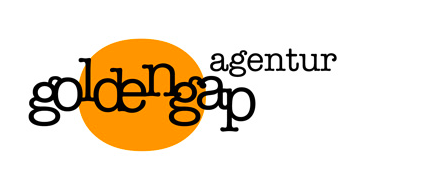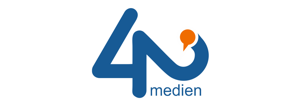Dear Audience, they’re simple, robust, and cheap, developed specially for the needs of developing countries. But “frugal” products are also becoming increasingly popular in Western markets – a reversal of the normal direction in which innovations are introduced.
Doctors use electrocardiograph machines (ECGs) to assess how well people’s hearts are working. General Electric has been building them in India since 2001, but hardly anyone there could afford these high-tech devices, and they had a market share of less than 5 percent. To use a medical analogy, the patient was General Electric’s electrocardiograph division in India, and they were at death’s door.
Good enough | strategic management
So the company’s engineers in Bangalore created an electrocardiograph machine for the Indian market, and christened it the MAC 400. It needed to be battery operated, because of the country’s unreliable power supply, easy to use and repair and, most importantly, much cheaper than the USD 3,000 General Electric charged for its cheapest machine. It should cost no more than USD 800, and weigh a maximum of 1.2 kilograms.
The MAC 400’s specifications are typical of frugal products. The challenges are reflected in the word itself: FRUGAL stands for “functional, robust, user-friendly, growing, affordable, and local.” It’s certainly a fast-growing market: a Roland Berger study forecasts that frugal products will account for almost a quarter of Western companies’ sales by 2018 …

